 | Benjamin Greenleaf - Arithmetic - 1860 - 456 pages
...days, nearly, from May 1, or on June 13. RULE. — Multiply each payment by its own time of credit, and divide the sum of the products by the sum of the payments. NOTE 1. — When the date of the average time of payment is required, as in Example 2, Jind... | |
 | Benjamin Greenleaf - Arithmetic - 1860 - 324 pages
...payment of the whole. Hence the following RULE. -—Multiply each payment by its own time, of credit, and divide the sum of the products by the sum of the payments. NOTE 1. — This is the rule usually adopted by merchants, but it is not perfectly correct... | |
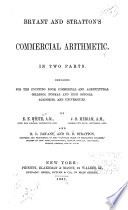 | Emerson Elbridge White - Arithmetic (Commercial), 1861 - 1861 - 348 pages
...quality of 1 oz. is 20. RULK. Multiply the value or quality of each article by'the number of articles, and divide the sum of the products by the sum of the articles. The quotient will be the average value or quality of the mixture. Ex.3. A grocer t mixed... | |
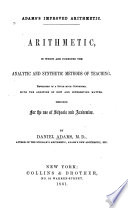 | Daniel Adams - Arithmetic - 1861 - 452 pages
...Hence, To find the mean time of several, payments, — RULE. Multiply each sum by its tune of payment, and divide the sum of the products by the sum of the payments ; the quotient will be the equated tune. EXAMPLES. 2. A Western merchant owes in New York... | |
 | Education - 1861 - 712 pages
...starting point. The rule for Equation of Payments is, " multiply each payment by its own time of credit, and divide the sum of the products by the sum of the payments," — another case in point. I have put down some of the more prominent faults in the books,... | |
 | Charles Davies - Arithmetic - 1861 - 496 pages
...find the average time of payment : Rule. — Multiply each payment by the time before it becomes due, and divide the sum of the products by the sum of the payments: the Quotient will be the average time. Examples. 1. A merchant ows $1200, of which $200 is... | |
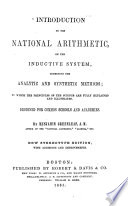 | Benjamin Greenleaf - Arithmetic - 1861 - 338 pages
...payment of the whole. Hence the following RULE. — Multiply each payment by its own time of credit. and divide the sum of the products by the sum of the payments. NOTE 1. — This is the rule usually adopted by merchants, but it is not perfectly correct... | |
 | Charles Davies - Arithmetic - 1863 - 346 pages
...$12 " " J_X 12 = 12. $6 $48 6 6)48. Rule. Multiply each payment by the time before it becomes due, and divide the sum of the products by the sum of the payments: the quotient will be the mean time. Examples. 2. A owes B $600 ; one-third is to be paid... | |
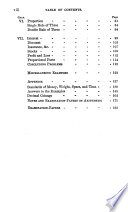 | John William Colenso (bp. of Natal.) - 1864 - 238 pages
...the following Ordinary Rule. Multiply the several debts by their times in any uniform denomination, and divide the sum of the products by the sum of the debts. Thus, the above process is reduced to the following: — 651 x 5 = 3255 434x8 = 3472 10S5 )6727... | |
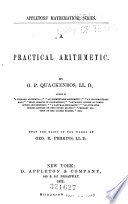 | George Payn Quackenbos - Arithmetic - 1872 - 350 pages
...Go through Ex. 1. 434. RULE. — To equate two or more payments, multiply each payment by its time, and divide the sum of the products by the sum of the payments. The times of the several payments must be in the same denomina. tion, and this will be the... | |
| |